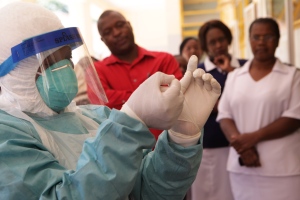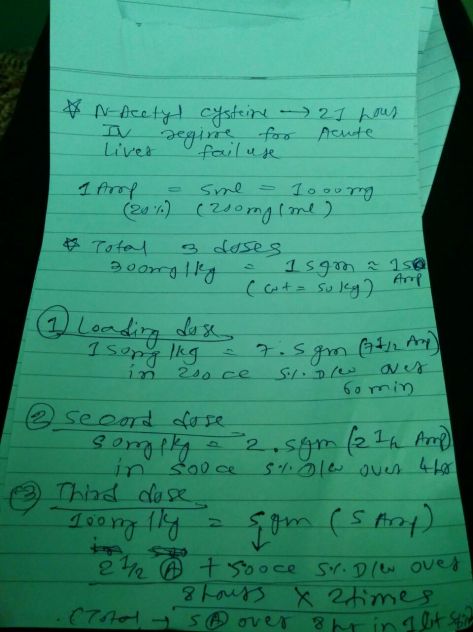The investigational agent LCZ696, an angiotensin receptor-neprilysin inhibitor (ARNI), has demonstrated superior efficacy to a widely used ACE inhibitor in the treatment of patients with chronic heart failure, according to a study presented at the recent European Society of Cardiology (ESC) Congress in Barcelona, Spain.
In the PARADIGM-HF* trial, LCZ696, a combination of the ARB valsartan and neprilysin inhibitor sacubitril, showed a significant 20 percent greater effect over enalapril 20 mg/day in reducing cardiovascular death or hospitalization for heart failure (21.8 vs 26.5 percent; p=0.0000002). [N Engl J Med 2014, e-pub 30 Aug, DOI: 10.1056/NEJMoa1409077]
When components of the composite primary endpoint were analyzed separately, LCZ696 demonstrated a 20 percent greater reduction in cardiovascular death (13.3 vs 16.5 percent; p=0.00004) and a 21 percent greater reduction in hospitalization for heart failure (12.8 vs 15.6 percent; p=0.0004) compared with enalapril.
“The trial was stopped early in April, after a median follow-up of 27 months, for an overwhelming benefit of LCZ696 on cardiovascular mortality,” said co-principal investigator Dr. Milton Packer of the Southwestern Medical Center in Dallas, Texas, US.
The ARNI also reduced all-cause mortality, a secondary endpoint of the trial, by an incremental 16 percent compared with enalapril (17 vs 19.8 percent; p<0.0001).
Symptoms and physical limitations of heart failure, measured on the Kansas City Cardiomyopathy Questionnaire (KCCQ) at 8 months, significantly improved in patients receiving LCZ696 vs enalapril (KCCQ score, -2.99 vs -4.63; p=0.001).
“Enalapril 20 mg/day is the current gold-standard therapy in CHF. Results of the PARADIGM-HF trial provide compelling evidence that LCZ696 should replace current use of ACEIs and ARBs in the management of patients with mild to moderately severe CHF,” said Packer.
“The major benefit of LCZ696 is that it changes the natural course of CHF,” he pointed out. “It doubles the benefit of current cornerstone treatment with ACEIs, which reduce cardiovascular death by 18 percent vs placebo.”
The PARADIGM-HF trial included 8,399 patients with class II to IV heart failure and an ejection fraction of 40 percent or below. The patients were randomized to receive LCZ696 200 mg twice daily (n=4,187) or enalapril 10 mg twice daily (n=4,212), in addition to recommended therapy.
“LCZ696 was better tolerated than enalapril,” reported Packer. “It was less likely than enalapril to cause cough, hyperkalemia or renal impairment, and less likely to be discontinued due to an adverse event.”
“Although more symptomatic hypotension was reported with LCZ696, this rarely required treatment discontinuation,” he continued. “Importantly, LCZ696 was not associated with an increased risk of serious angioedema, which was the main safety concern observed with a related medication known as omapatrilat in another trial.”
The survival advantage demonstrated in the trial has prompted the US FDA to grant Fast Track status to LCZ696. Its developer Novartis expects the FDA review to be completed by the end of 2014.
*PARADIGM-HF: Prospective Comparison of ARNI with ACEI to Determine Impact on Global Mortality and Morbidity in Heart Failure.
Posted from WordPress for Android – Google Nexus 5
https://www.facebook.com/MedicalGeek
https://in.groups.yahoo.com/neo/groups/only4medical/


